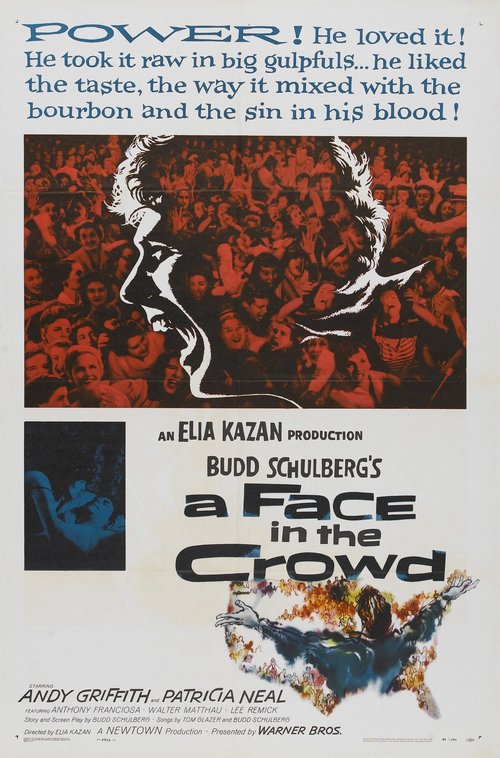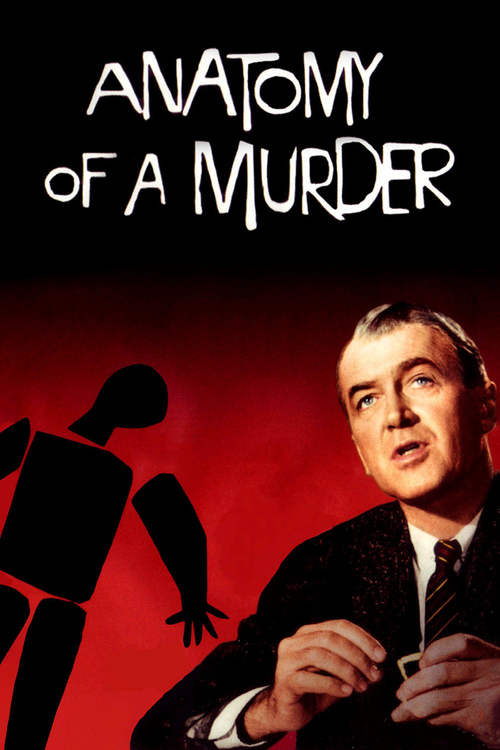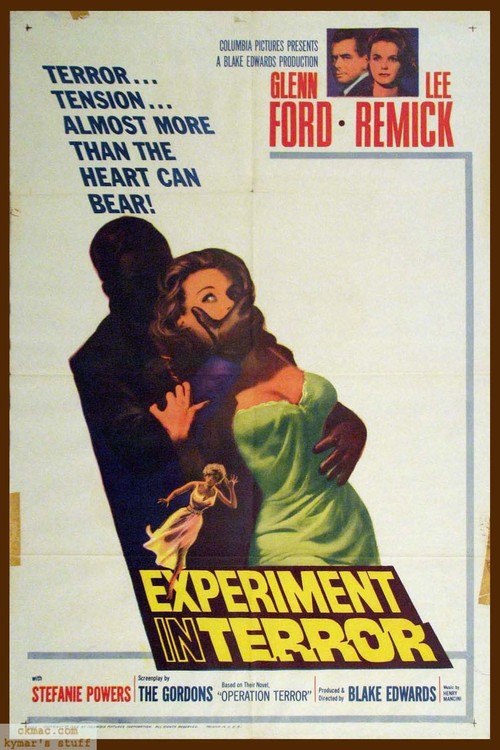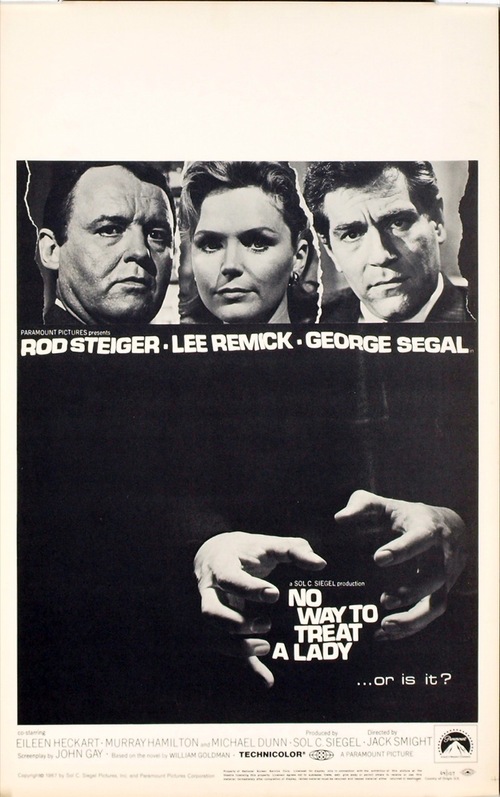In 1962, Bette Davis received her last Best Actress Oscar nomination for the deliciously campy “Whatever Happened To Baby Jane,” and decided to size up her competition. On seeing Lee Remick’s performance as a fresh-faced young woman turned alcoholic in “Days Of Wine And Roses,” the veteran star, not known for gushing, was heard to say: “Miss Remick's performance astonished me, and I thought, if I lose the Oscar, it will be to her."
As it turned out, Anne Bancroft beat them both out for “The Miracle Worker.” It was a strong actress field that year, but I’d still have chosen Lee for the prize. Her work in this still shattering film simply breaks your heart.
And Lee Remick could certainly break hearts. Like Miss Davis, she had the most breathtaking eyes, and talent to match. Born into an affluent family in Quincy, Massachusetts in 1935 (her father owned a department store, her mother was an actress), Lee attended Manhattan’s tony Hewitt School, and ended up at Barnard.
Her wholesome, all-American WASP beauty made her a natural for modeling, which she did while studying acting and dance. After gaining her footing in some television work, she broke through in films at the tender age of 21, playing a precociously sexy cheerleader in Elia Kazan’s superb “A Face In The Crowd.”
An overnight star, she’d quickly move on to such high-profile films as “The Long, Hot Summer” (1958), “Anatomy Of A Murder” (1959), “Wild River” (1960, reuniting her with Kazan), and Blake Edwards’s “Experiment in Terror” (1962).
Over the following decade, she’d also deliver some memorable performances on the small screen, most notably playing Jennie Churchill in the 1974 miniseries “Jennie: Lady Randolph Churchill.” For this role, she won a Golden Globe and was also Emmy-nominated.

Two years later came the part many remember her for: that of a very unlucky mother who, unknowingly, raises the son of Satan in “The Omen” (1976). Though the movie comes off as a trifle overwrought today, it does have its moments, and remains a camp classic. A first-rate cast comprised of Remick, Gregory Peck, David Warner, and Billie Whitelaw certainly helps.
For the remainder of her career, Lee did mostly television work; she loved staying busy, and valued the craft of acting over being a star. Her perspective on fame: “I don't quite know what stardom means. It was never something I went after, as such. I love to work; I always have, and I love trying to do the best I can. I suppose it means power basically- and I'm not good at that.”
In 1989, Lee was diagnosed with cancer, and after a brief remission, died of the disease in 1991, at just 55. She left behind a loving family: her second husband, British producer Kip Gowans, and two children from her first marriage, Kate and Matt Colleran. Two of her favorite co-stars- Jack Lemmon and Gregory Peck- delivered eulogies at her funeral. No one could quite believe that this vital, radiant actress was actually gone. It was way too soon.
Her work lives on, of course. About her chosen profession, Lee once said: “Many times as an actress I feel crazy, yet the truth is that I would feel far more crazy if I weren’t an actress.”
Lee Remick never seemed crazy to me. But I sure was crazy about her.
Background photo by Allan Warren



